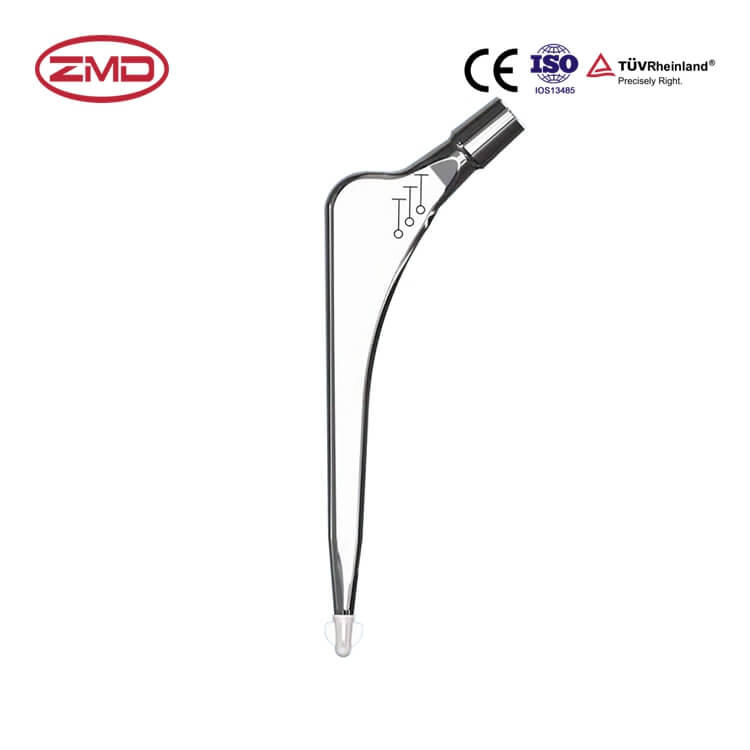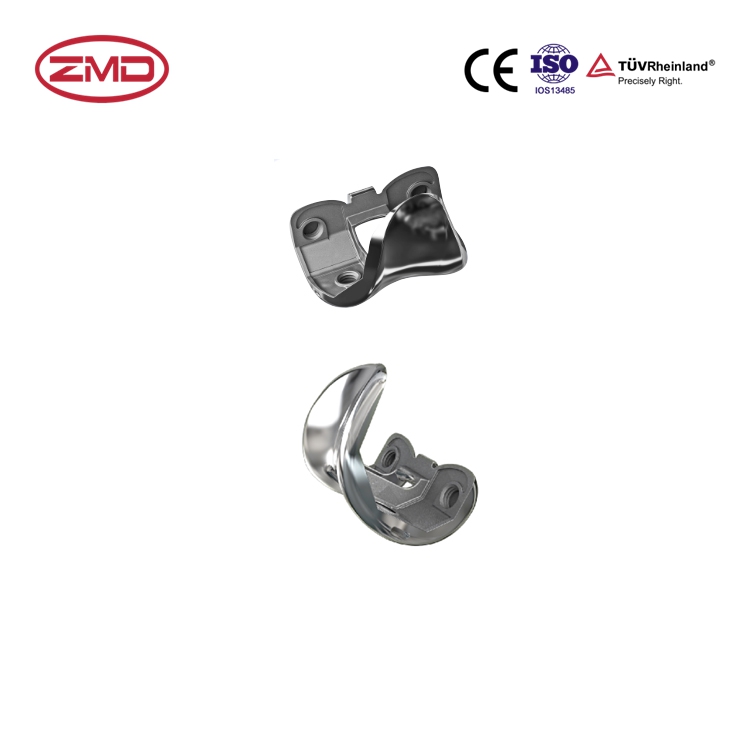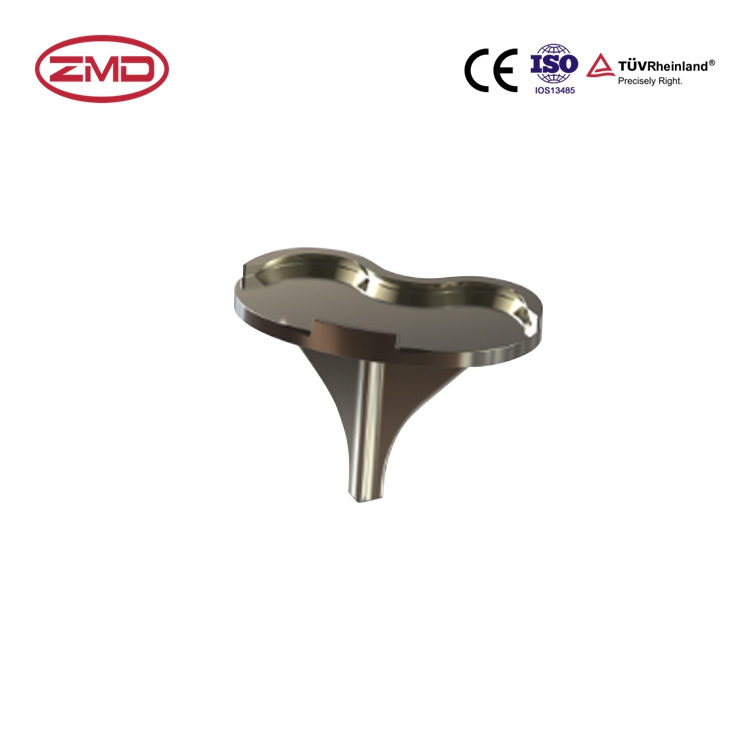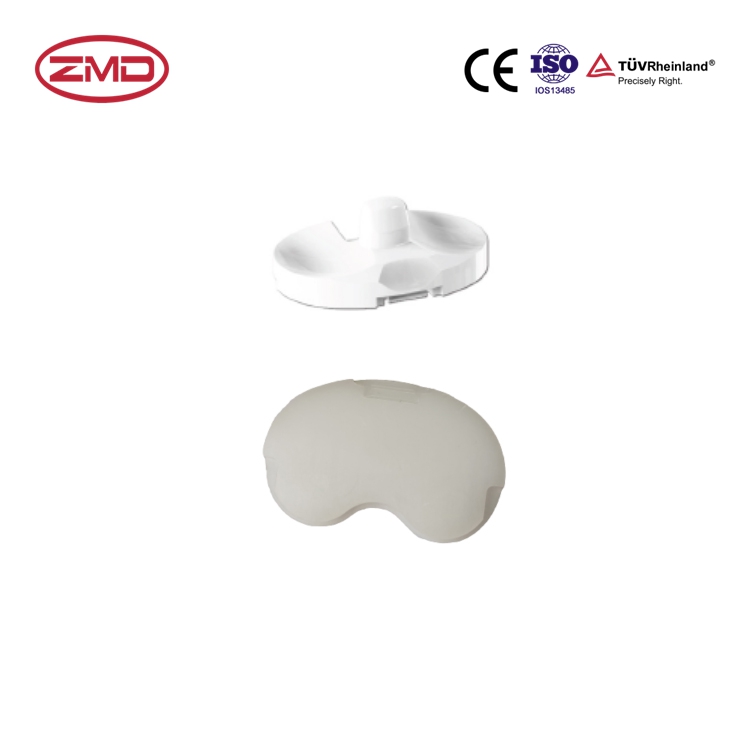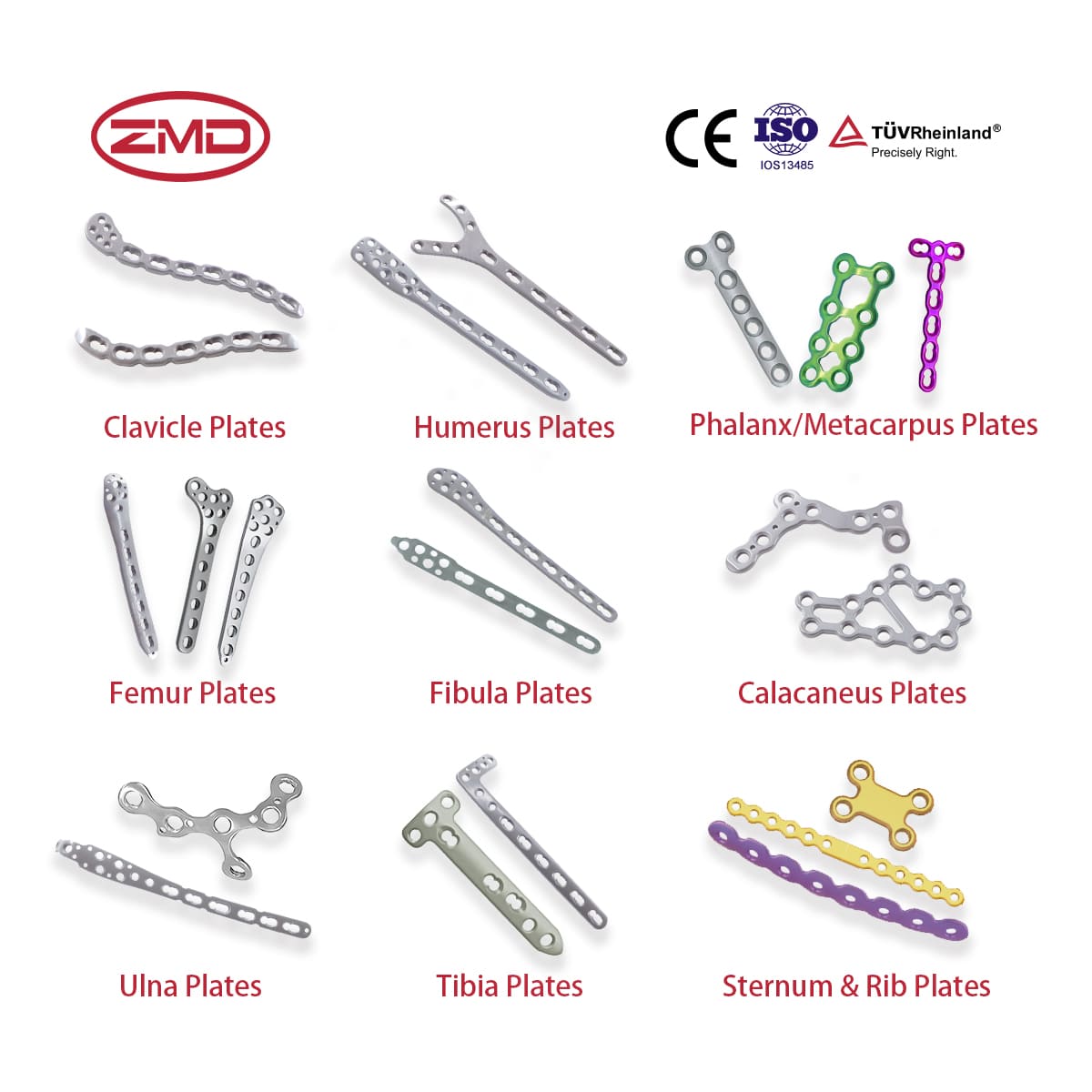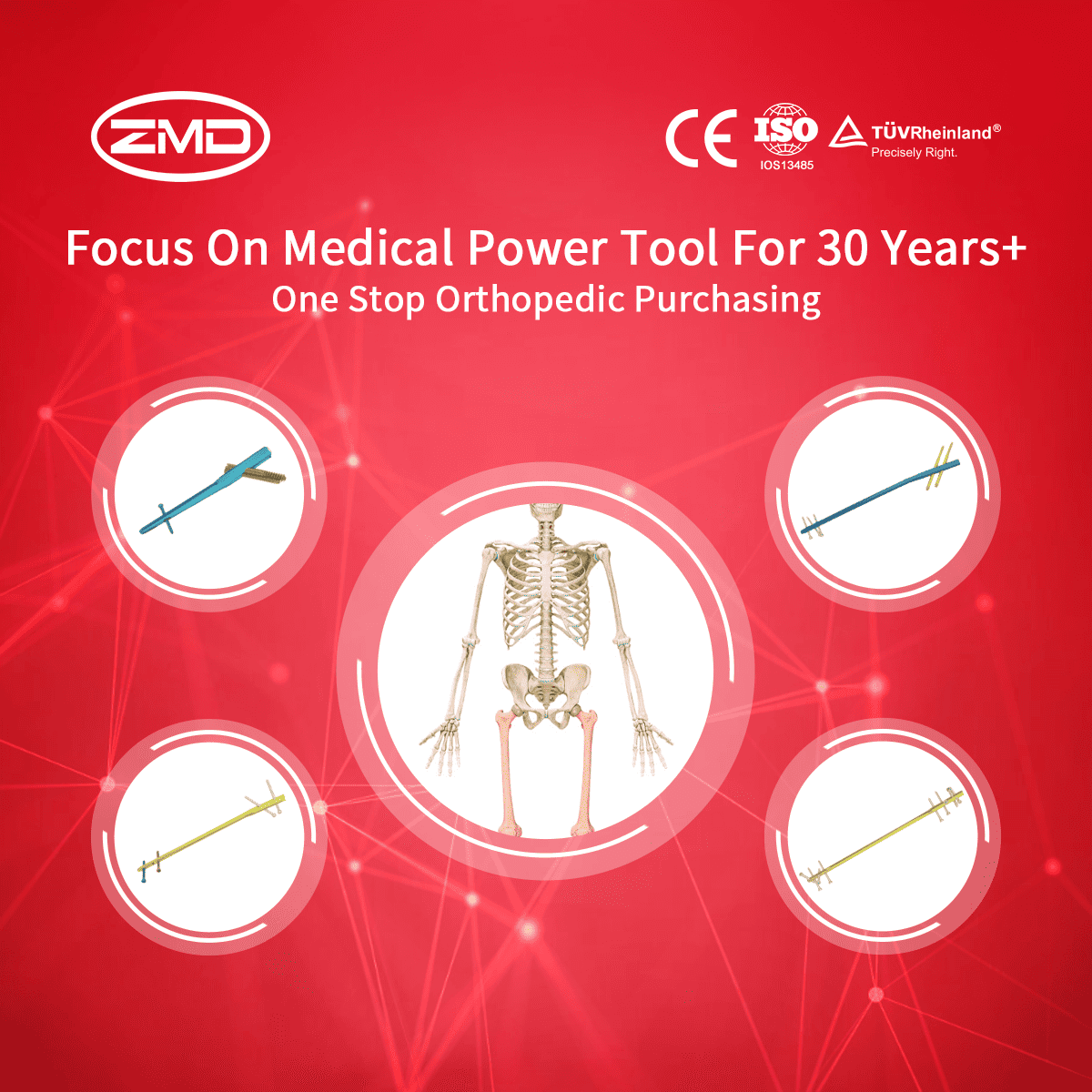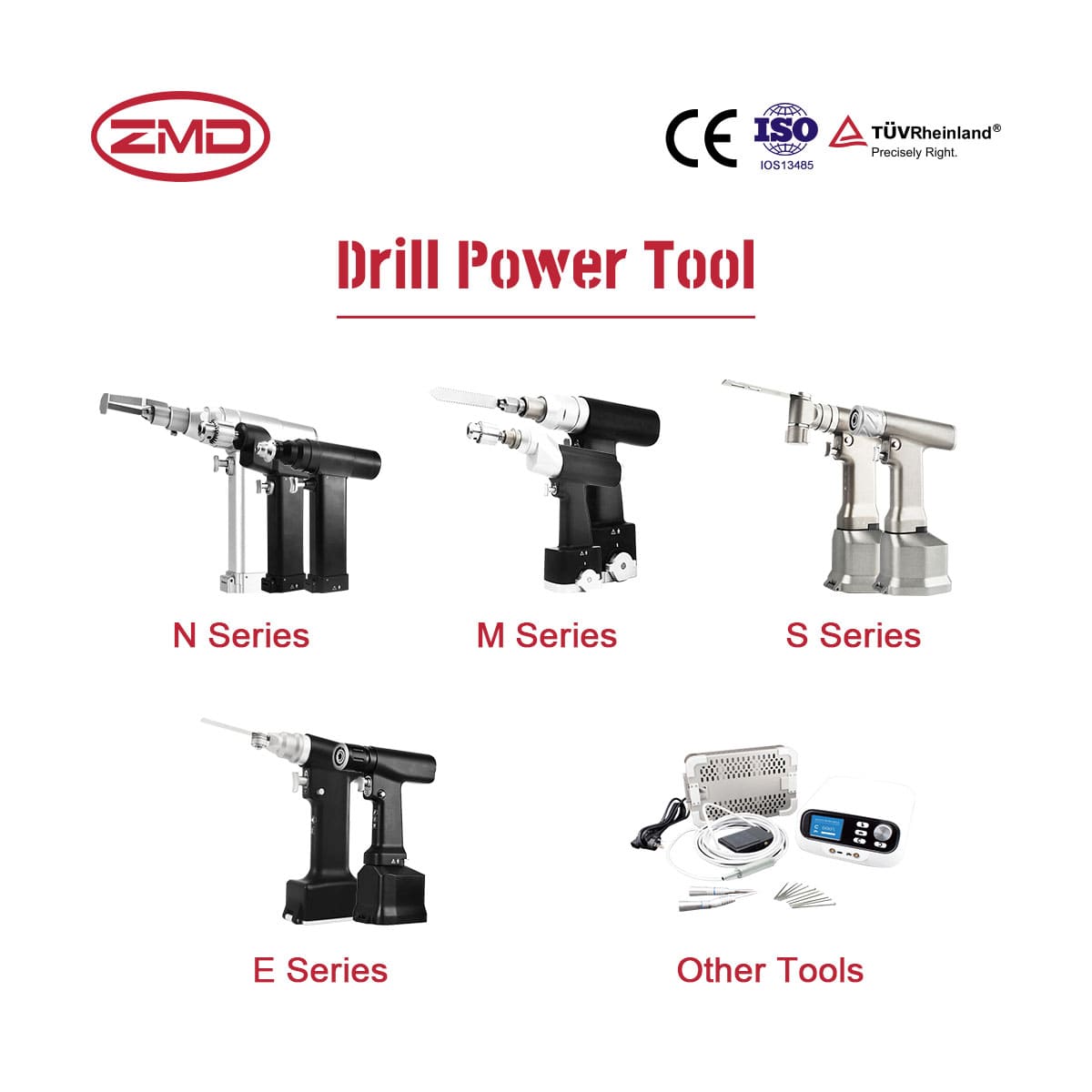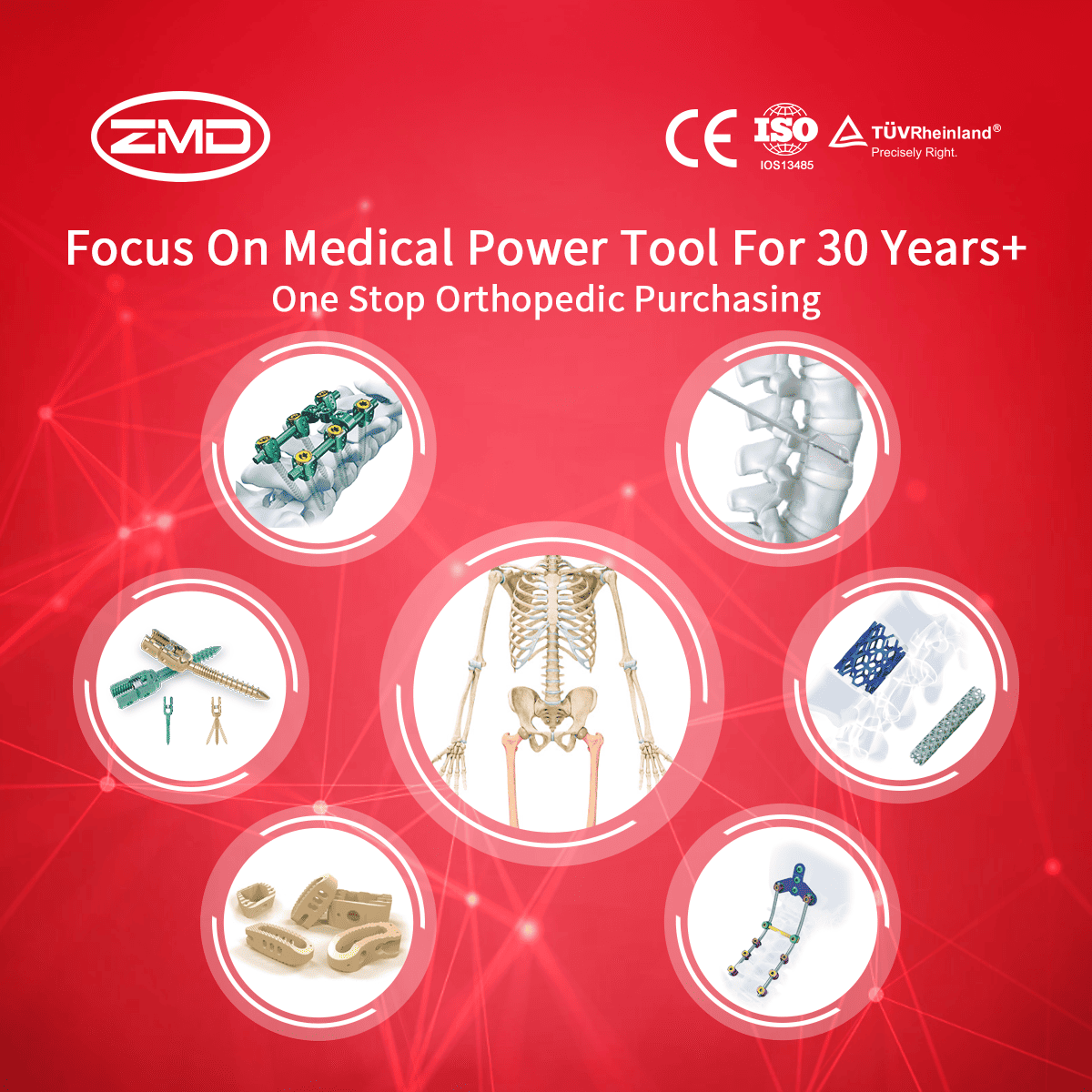Artificial Implant System
ZMD
Orthopedic Products
Haven't been able to locate the product you're searching for yet?
If you're interested in more orthopaedic implant products, feel free to get in touch with our ZMD consultants.
What are Artificial Implant
The choice of materials for artificial implants is crucial. Titanium is a popular material due to its excellent biocompatibility, high strength-to-weight ratio, and corrosion resistance. It allows the implant to integrate well with the surrounding bone tissue over time. For example, in hip replacement implants, the titanium stem that is inserted into the femur can bond with the bone, providing a stable anchor for the artificial joint.
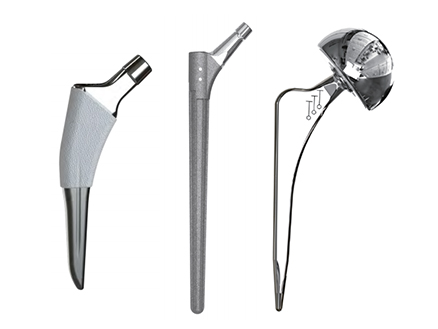
Common Types of Artificial Implants:
Hip System
Knee System
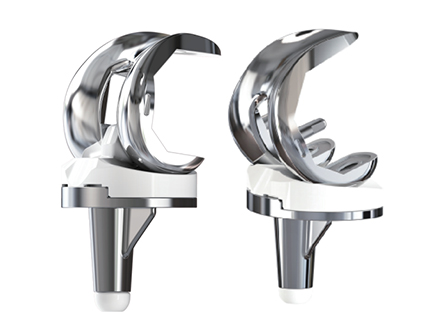
When are Artificial Implant needed?
They are a crucial aspect of modern orthopedic practice as they provide a viable solution for patients who have exhausted conservative treatment options. For those with advanced osteoarthritis, rheumatoid arthritis, or joint damage due to trauma, artificial implants offer a chance to regain functionality. For example, a patient with severe hip arthritis who previously had difficulty walking short distances or climbing stairs can experience a remarkable improvement after a hip replacement. This not only reduces their pain levels but also allows them to engage in activities that were previously impossible or severely limited.
Primary Indications for Artificial Implants:
Severe Degenerative Joint Disease
Rheumatoid Arthritis
Traumatic Joint Damage
Avascular Necrosis
Post-Traumatic Arthritis
Blog
International Women’s Day: Salute to the “She – Power” at ZMD
International Women’s Day: Salute to the “She – Power” at ZMD Amid the trends of “Intelligent Medical Devices” and “Minimally Invasive Medical Technologies”, ZMD thrives
Discover Innovation with Sunan Medical at AAOS
Discover Innovation with Sunan Medical at AAOS The American Academy of Orthopaedic Surgeons (AAOS) Annual Meeting is the premier event for orthopedic professionals worldwide, offering
Visit Us at Expomed Eurasia 2025: Discover Sunan Medical’s Innovations
Visit Us at Expomed Eurasia 2025: Discover Sunan Medical’s Innovations The 32nd Expomed Eurasia, taking place from April 24-26, 2025, at the Tüyap Exhibition and





